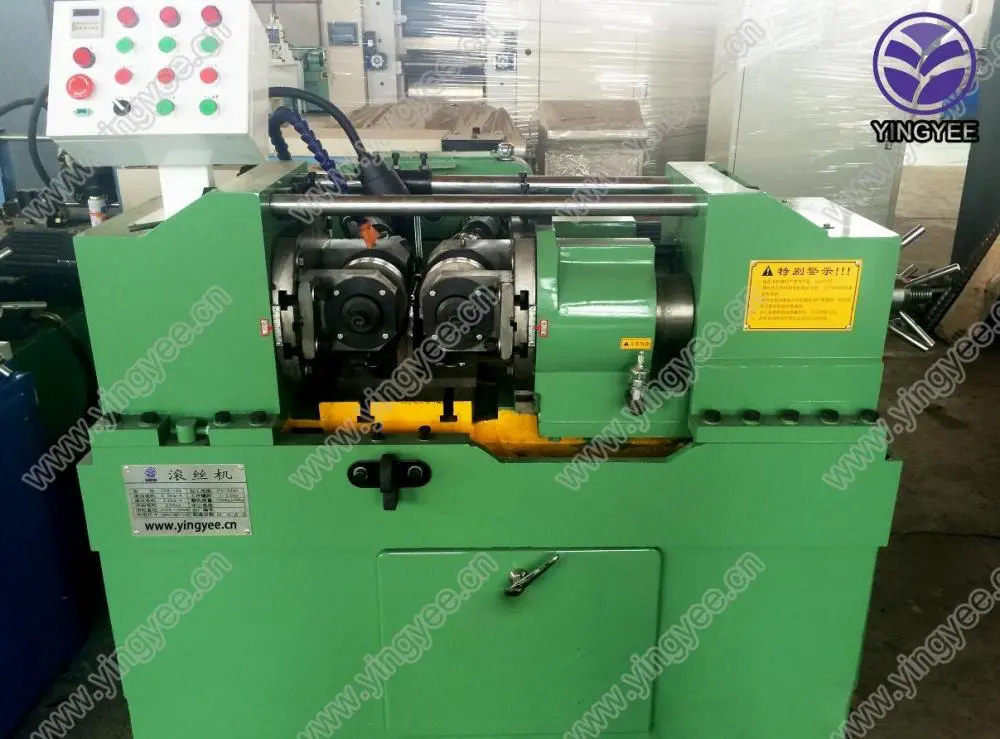
The Development and Advancements of China’s Sandwich Panel Production Line
In recent years, the construction and manufacturing industries have witnessed significant transformations, largely driven by innovation and the demand for more efficient building materials. Among these materials, sandwich panels have gained prominence due to their versatility, energy efficiency, and cost-effectiveness. China, being one of the leading manufacturing hubs, has developed an advanced sandwich panel production line that sets a benchmark for global standards. This article explores the evolution, technology, and impact of China’s sandwich panel production lines.
Understanding Sandwich Panels
Sandwich panels are composite building materials consisting of two outer layers (face sheets) and a core material that is typically lightweight, such as polystyrene, polyurethane, or mineral wool. This unique structure provides excellent thermal insulation, soundproofing, and overall durability. Used predominantly in industrial, commercial, and residential buildings, sandwich panels offer innovative solutions for construction, saving time and resources while enhancing energy efficiency.
Evolution of Production Lines
China's sandwich panel production lines have evolved significantly over the last few decades. Initially, production methods were manual and labor-intensive, resulting in higher costs and longer lead times. However, with the advent of modern technology, the production lines have shifted towards automation and mechanization.
The introduction of computerized systems has optimized the entire manufacturing process, from raw material handling to finishing. Advanced technologies, such as computer numerical control (CNC) machines, have increased precision and reduced waste. Moreover, the integration of Industry 4.0 principles has enabled real-time monitoring and data analysis, leading to better quality control and increased production efficiency.
Key Components of Production Lines
A typical sandwich panel production line in China consists of several key components that work in harmony to ensure seamless manufacturing. These components include
1. Foam Injection Machine This machine is crucial for producing the core material, mixing raw chemicals to create a foamed structure that provides insulation.
2. Roll Forming Machines These machines shape the metal sheets into specific profiles needed for the sandwich panels, ensuring structural integrity and aesthetic appeal.
3. Adhesive Application Systems An efficient adhesive system is vital for bonding the face sheets and core material, ensuring that the final product is robust and durable.

4. Cutting and Handling Equipment Automated cutting tools ensure precision cuts, while handling equipment minimizes the risk of damage during the transportation of panels.
5. Quality Control Stations Quality checks are performed at various stages to ensure that the panels meet industry standards and specifications, from raw materials to finished products.
Benefits of China's Sandwich Panel Production Lines
The advancements in sandwich panel production lines in China bring several benefits, not only for manufacturers but also for end-users and the environment.
1. Cost Efficiency Automated production reduces labor costs and minimizes errors, resulting in more competitive pricing in the market.
2. Timely Delivery Streamlined processes lead to faster turnaround times, allowing for construction projects to be completed more rapidly.
3. Sustainability The use of energy-efficient materials and processes contributes to lower carbon footprints, aligning with global sustainability goals.
4. Customization Modern production lines allow for a high degree of customization catering to specific client needs, from panel thickness to color and finish.
5. Increased Safety Enhanced manufacturing practices and strict quality control measures ensure that the end products comply with safety standards, providing peace of mind for construction firms.
Conclusion
China's sandwich panel production lines exemplify the intersection of technology and innovation. As the demand for efficient building materials continues to rise globally, these production lines are well-equipped to meet the evolving needs of the construction industry. With ongoing advancements in technology and a commitment to sustainability, China's position as a leader in sandwich panel production is likely to strengthen, providing significant contributions to the global market and setting a standard for excellence in manufacturing.